One of the most effective tools for producing visual effects (VFX) for movies, television shows, commercials, videos, and more is Adobe After Effects. Professional editors and artists from around the world use it when they need a quick and effective way to produce high-quality visuals with time-saving features like layers, image sequence support, movie file support, 2D and 3D animation capabilities, and digital composites.

gh
jjjj

However, if you're unfamiliar with editing or video effects software, learning your way around After Effects can be challenging. Don't let this deter you, though! After using Adobe After Effects for a while, you'll find navigating it simple and easy with a little practice and assistance from professionals like us here at [your site]. Each step will be thoroughly explained so that even those without prior experience can use this robust software with ease.
To help you make an informed decision when considering purchasing this top-tier video timeline editor tool, we'll examine the updated features offered in Adobe After Effects 2023 as well as the pricing options available. Let's begin our review right away!
Also read: After Effects vs Fusion
What is Adobe After Effects?
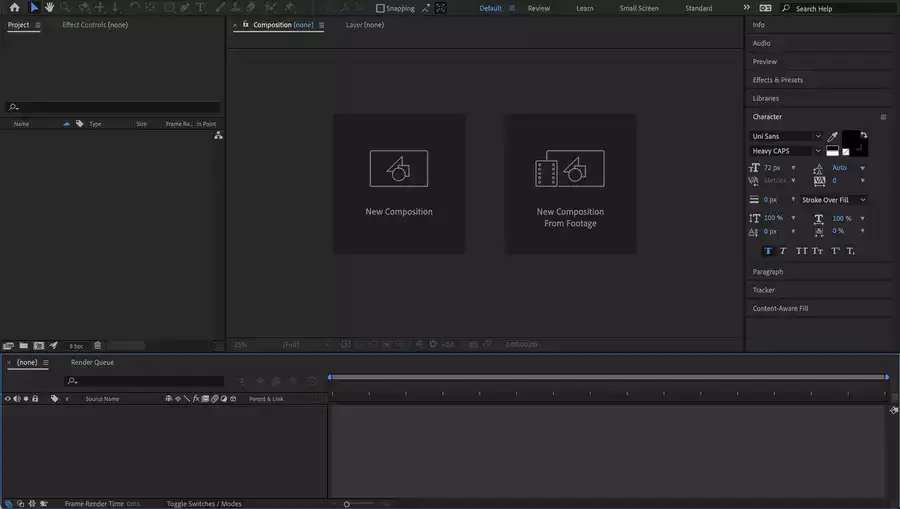
After Effects is a VFX platform that lets you create animated videos quickly. It provides keyframes, audio files, and advanced keying and compositing operations for creating visuals. This app includes digital asset management features, so you can easily manage your content library and import/export data. Adobe After Effects also renders videos.
Adobe After Effects offers different subscription options based on usage. If you only plan to use it occasionally, the basic "pay per use" option may be best; otherwise, monthly or annual subscriptions give access to additional features and benefits.
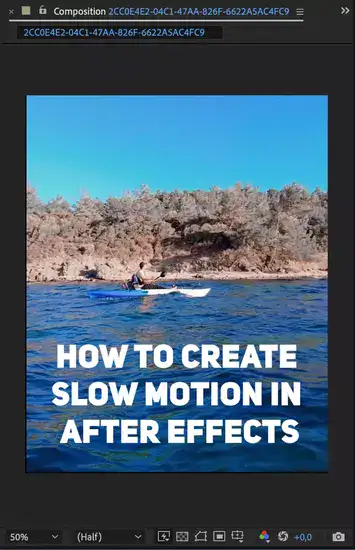
First-time Adobe After Effects users have access to email and online resources such as tutorials and articles written by experts. This makes starting easy and enjoyable, despite its complexity.
Adobe After Effects is an industry-standard tool for quickly and professionally creating high-quality animations. The user-friendly program can be used by animation beginners or veterans to create music videos, titles, credits, etc. Its powerful array of features includes 3D models and file formats compatible with Premiere Pro & Final Cut Pro X. There are many tutorials and articles, so finding help won't be hard.
Where is After Effects Used?
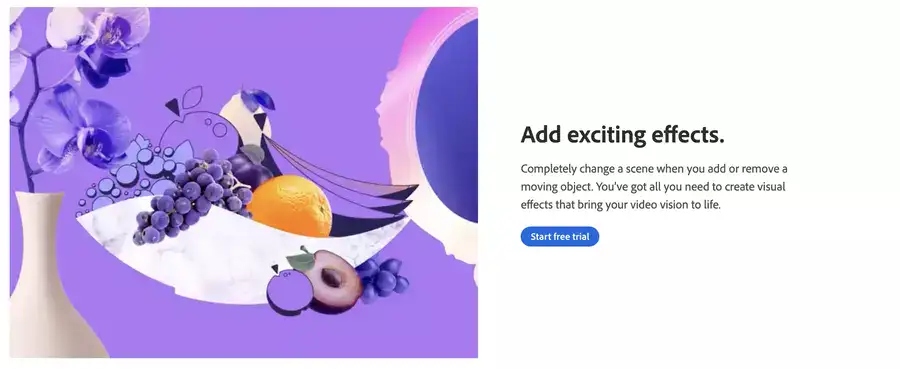
After Effects can be used for virtually any type of motion graphics project due to its extensive tool and option set. It is frequently employed in the creation of films and television shows because it enables directors to include amazing animated effects like fireballs, explosions, falling snowflakes, or even entire scenes that look exactly like real life. Additionally, it can be used in advertising to add visually arresting elements to commercials or posters.
After Effects is frequently used to produce motion graphics for various forms of digital media, including websites and video games, in addition to producing eye-catching visuals for movies and TV shows. Its user-friendly interface makes it simple to create beautiful text animations or intricate backgrounds made up of numerous layers in various colors and shapes. It is therefore perfect for animating logos or other graphic elements that must stand out on the page.
Related: How Much Do You Need For After Effects
3D animation is one of After Effects' other common applications. The software has robust 3D capabilities that let you render objects in three dimensions quickly while applying accurate lighting and shadow effects inside the program. Due to this, it is incredibly helpful when creating intricate logo reveals or interactive product demos, which are common on modern websites.
Last but not least, one area where After Effects truly excels is in motion tracking applications, such as adding computer generated elements into live footage from cameras like drones or virtual sets to make them appear more realistic than ever before - something that would have been impossible before AE!
The History of Adobe After Effects
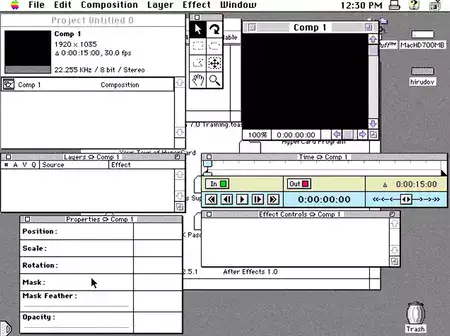
The Company of Science and Art, or CoSA, created After Effects, a program for post-production video editing and special effects. One of the oldest post-production software packages still in use today, After Effects debuted in 1993.
Users could create motion graphics, and composite layers, and alter the properties of each layer within the same application when After Effects was first created for Mac OS systems, allowing users to essentially handle all post-production tasks at once. Before the development of this program, editors had to use a number of different programs to finish a project from beginning to end.
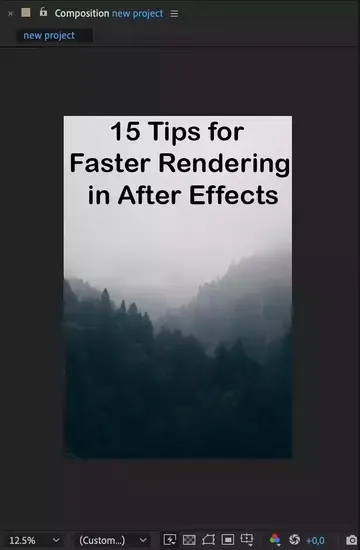
Two years after its debut, in 1994, Aldus Corporations purchased CoSA along with their marquee offering, After Effects. A few months later, in 1995, Aldus and Adobe combined forces to form the formidable software business that is now known as Adobe Systems Incorporated. By combining their businesses, they were able to add After Effects to their lineup of already-available goods like Photoshop and Illustrator, which ultimately helped them become one of the most prosperous software companies ever conceived!
With new features like 3D tracking capabilities, rotoscoping tools for animation, and improved support for numerous video formats and codecs, Adobe has continued to develop After Effects over the years, making it simpler for designers and filmmakers to edit footage quickly and effectively without sacrificing accuracy or quality. Additionally, with just a few clicks, you can add flying cars to your projects if you're feeling particularly daring.
Due to its extensive feature set & competitive pricing when compared to rival applications like Nuke or Smoke, After Effects has maintained its high standing among designers & filmmakers alike throughout its development cycle (both made by Autodesk). Having said that, it is undeniable that Adobe has played a significant role in defining not only what digital media is today but also how our society uses it on a daily basis. This is largely because of the contributions made by their flagship product, Adobe After Effects!
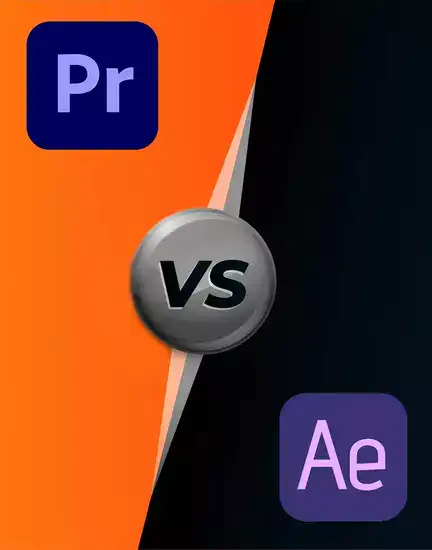
Classic Animation vs Motion Graphics
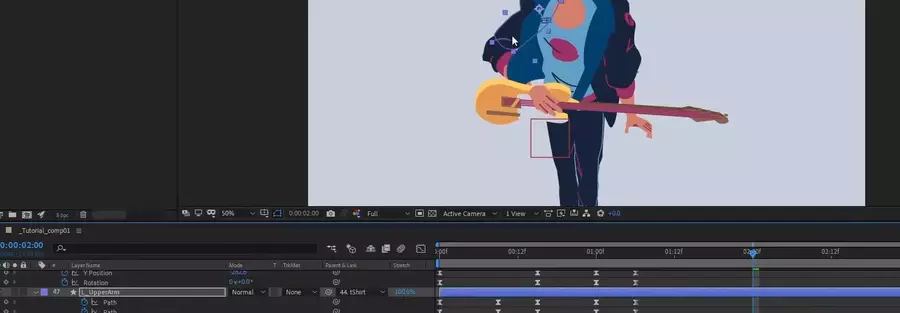
Traditional animation, also known as cel animation, makes use of hand-drawn images that are scanned into computers and then edited with programs like Adobe Animate. Key poses will be mapped out by the animator, who will then "tween" (move in-between) each pose to add movement. The fact that teams of animators created frames one by one makes sense considering how much skill and patience it takes to do this correctly. This is why so many classic Disney films look so smooth.
A compositing program like Adobe After Effects is used to combine rasterized art (such as photographs) and vector art (such as shapes) to create motion graphics animation. With this method, you can concentrate on manipulating your media—images and videos—within the timeline to achieve the desired effect rather than going through the same laborious process of drawing every frame. Additionally, interactive animations that respond to viewer interaction can be created using coding and user input.
Related: Can You Learn After Effects By Yourself
So what would I suggest? Well, considering that traditional animation gives you more control over each individual frame, it might be worth looking into if you want something that looks really smooth like those vintage Disney movies. However, since motion graphics require less work to create each frame than traditional animation, they may be more suitable for your needs if you're looking for something more rapid-fire or require an animation that responds quickly to user input. In the end, either strategy can yield stunning results; it just depends on the project at hand!
What can I do with Adobe After Effects?
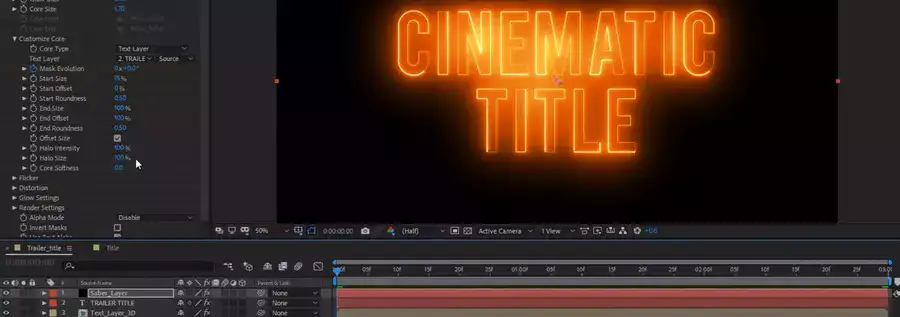
With Adobe After Effects, you can create stunning visual effects and motion graphics for film, video, web, and print projects. You can also use it to create title sequences, lower thirds, logos, and other graphic elements for your projects.
Adobe After Effects Pricing
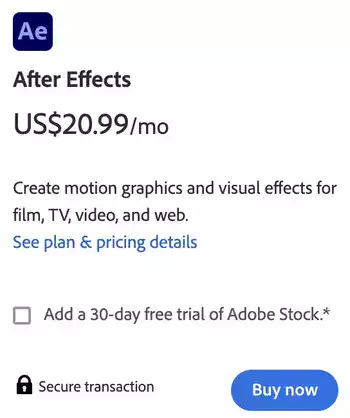
Adobe offers several different subscription plans for After Effects:
3rd Party Tools for Adobe After Effects
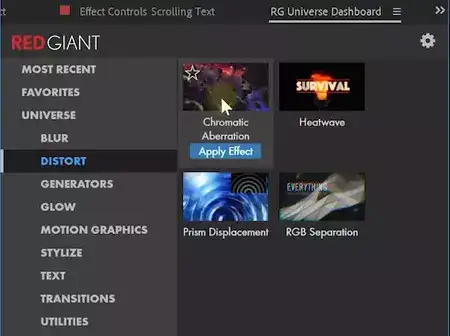
As an After Effects user, I'm always on the look out for powerful tools and plugins that can help me take my graphics to the next level. There are a ton of amazing 3rd party tools available for Adobe After Effects that can be used to enhance our workflows, including some of the best options like FXFactory, Red Giant by Maxon, RE:Vision Effects, BorisFX, CycoreFX, Video Copilot, Neat Video and Rowbyte.
Of course one of my favorite pieces of software is DataClay - this great tool helps me quickly create 4K resolution motion graphics templates with realistic lighting effects from simple 2D art assets. It's incredibly powerful and easy to use - perfect if you're looking to create something special without having to spend loads of time crafting it all in AE.
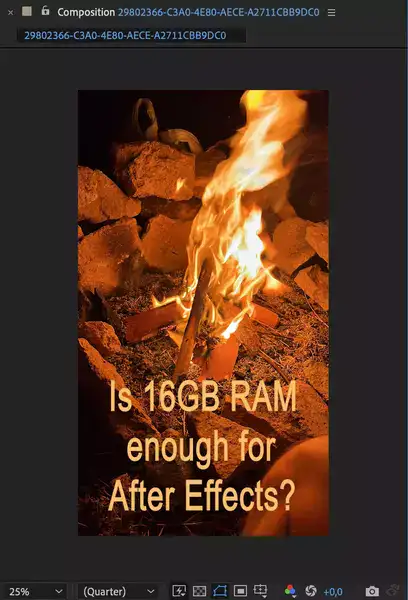
Red Giant by Maxon is also great if you want to make your own transitions or effects. For example their Universe and Trapcode Suite offer lots of awesome effects like lens flares, glows, animated mattes and more. They also have particle simulation tools which allow you to add a touch of magic or visual complexity as needed.
Another option worth considering is BorisFX - they specialize in post-production finishing solutions such as color grading tools (like Continuum) and film looks (like Sapphire). These are great if you need premium quality results fast! Or alternatively there's RE:Vision Effects who provide digital video plug-ins specifically designed for improving picture quality (such as denoising or restoring aged footage).
CycoreFX is a great resource too if you’re looking for basic image processing filters (like blurs & sharpeners), distortions & perspective adjustments or text animation generators - plus they come bundled with After Effects so no additional cost involved! Then there are popular panels like Video Copilot's Element 3D which allows users to create complex 3D objects directly within AE itself without needing any other programs installed first. Plus Neat Video provides noise reduction options which can be used when dealing with noisy footage from low light cameras etc.. Finally Rowbyte has some very useful image processing plugins such as Plexus which allow
Related: How To Cut In Adobe After Effects
SCRIPTS & EXTENSIONS

The ability of After Effects to use scripts to automate processes and add extra functionality is one of its most powerful and effective capabilities.
ExtendScript, which is based on JavaScript and Visual Basic Scripting Edition, is used to create scripts (VBScript). These scripts can be saved as.jsx files or.jsxbin files, respectively. While the.jsx file format is compiled into a binary form, the.jsx file format contains the script's source code.
By using these scripts, users can quickly access their own tools and effects from within After Effects without having to repeatedly manually write code. In order to facilitate data transfer between After Effects and other Adobe programs like Photoshop, Illustrator, Premiere Pro, etc., scripts can also be used to integrate them.
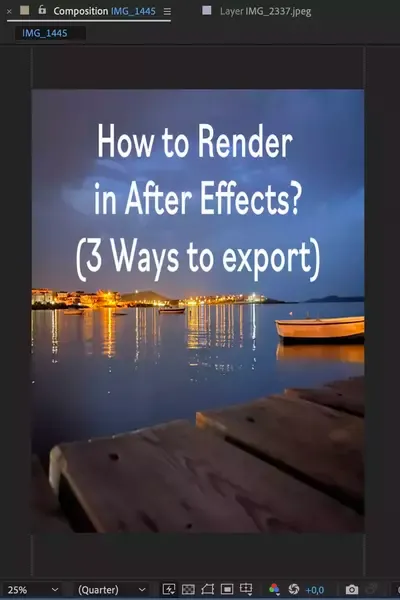
After Effects' scripting user interface is referred to as Script UI; here, you can design your own menus, buttons, and dialog boxes that you can use when interacting with your project files. Because they have more control over how they interact with their projects thanks to this, creatives are more effective when it comes time to carry out project-related tasks.
Creatives now have even more control over how they work with their projects inside of the Adobe suite of applications thanks to these scripts, which enable them to do everything from quickly transferring data between Photoshop and Illustrator to speeding up repetitive tasks like batch processing with the help of Premiere Pro-specific extensions!
How Do I Learn After Effects?

There are several ways to learn After Effects from in-person classes taught at schools or studios across the country to online courses offered through organizations like American Graphics Institute which offers both live online courses as well as recorded training sessions. You could also pick up books about After Effects with tutorials for users of any experience level from complete beginner to more advanced features of the software. There are also many free resources available on Youtube such as tutorials covering specific topics as well as comprehensive courses covering both basics and more advance topics such as practice exercises and assignments with additional resources on latest trends in technology surrounding After Effects.
If you prefer hands-on learning there are private lessons offered either online or in person depending upon availability where you can work directly with an instructor one-on-one who will be able to guide your instruction based off what their familiar with. Classes typically consist of small groups so there’s still plenty of personal attention given throughout each class or workshop session allowing students plenty of time for individual guidance.

No matter which route you choose whether it be books/video training, taking an instructor led course/workshop (in classroom/online) utilizing free resources available online on YouTube etc., after getting started I suggest sitting down and eventually finding a way that works best for you personally when learning Adobe After Effects - don't forget practice makes perfect!
Adobe after effects system requirements
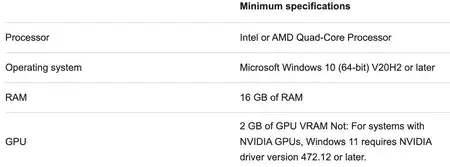
Adobe After Effects requires a computer with at least 8GB of RAM and an Intel Core 2 Duo or AMD Phenom II processor. It also requires a minimum of 4GB of free hard drive space. We have an extensive guide written about Adobe After Effects' system requirements. Make sure to check that.
FAQ:
Can I use Adobe After Effects for 3D animation?
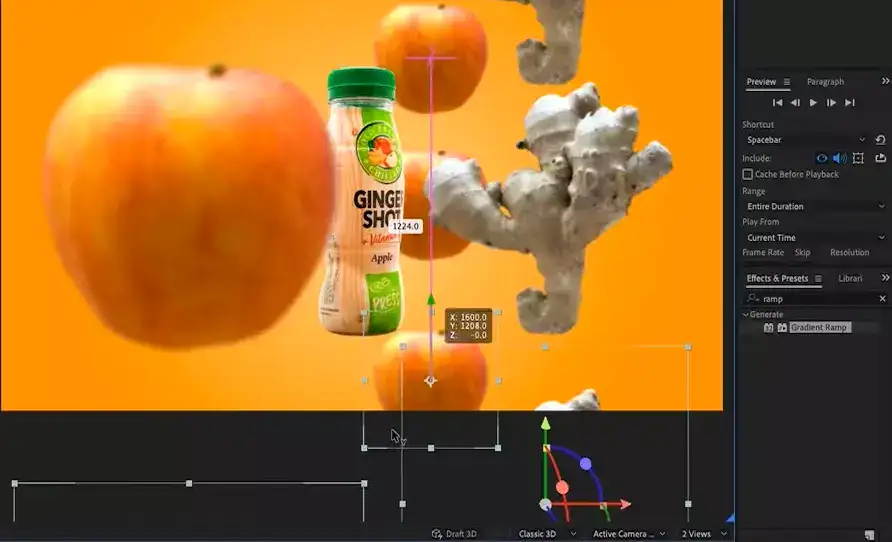
Adobe After Effects can be used for 3D animation, yes. A wide range of tools and features are available in After Effects for designing and animate 3D elements. These tools allow you to create 3D text, shapes, and other objects, which you can then add motion and animation to make more dynamic.
You must turn on the 3D switch for the layer you want to work with in After Effects in order to use 3D. By selecting the 3D layer switch in the Layers panel, you can do this. Once the 3D switch is turned on, you can manipulate the layer in 3D space using After Effects' various 3D tools and options. This offers options for changing the layer's size, position, and rotation as well as for including 3D lights and cameras in your scene.
Also read: How To Export Adobe After Effects to Mp4
After Effects offers options for incorporating 3D effects like depth of field and motion blur into your animations in addition to creating and animating 3D objects. For your viewers, these effects can contribute to a more immersive and realistic 3D experience. After Effects is a strong tool for adding 3D effects and animations to motion graphics projects, in general.
Can I use Adobe After Effects to edit videos?

Yes, you can use Adobe After Effects to edit videos. The software has a wide range of video editing features that make it perfect for creating professional-quality videos. These features include support for various video formats, a wide range of effects and transitions, and support for various audio formats.
Can you buy Adobe After Effects for a lifetime?
No, you cannot buy Adobe After Effects for a lifetime. However, you can purchase a subscription to the software which will give you access to all the latest features and updates for as long as your subscription is active. Alternatively, you can purchase the software outright which will give you access to all the features and updates for a one-time fee.
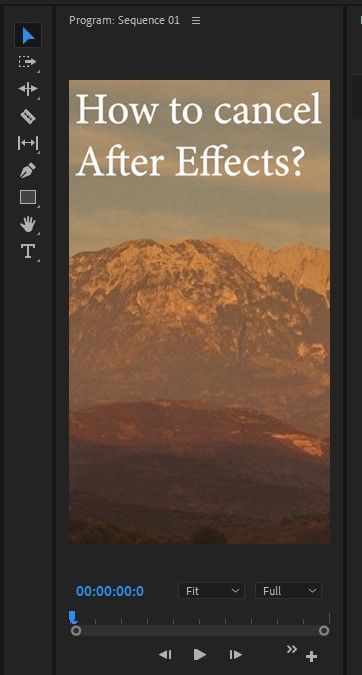
How long can you use Adobe without paying?
If you stop paying for your Adobe subscription, you will still be able to use the software, but you will only have access to the features that were available at the time your subscription ended. Adobe does not offer a free trial for After Effects. However, you can download a free 30-day trial of the software from the Adobe website.
Conclusion
Adobe After Effects is a powerful video editing and animation software used by professionals all over the world. In this review, we've taken a look at the features, pricing, and system requirements for Adobe After Effects 2023. We've also answered some frequently asked questions about the software.

